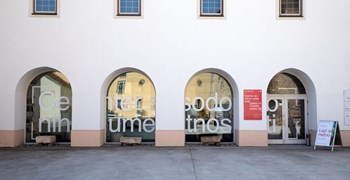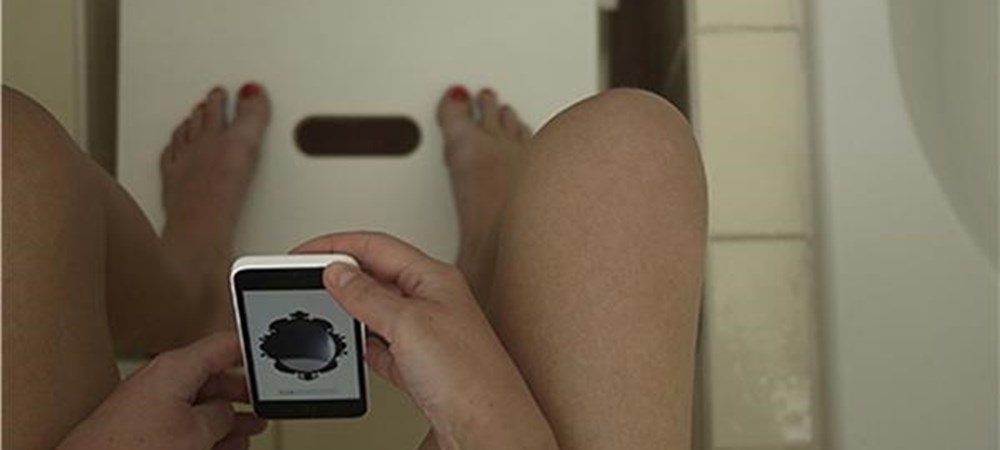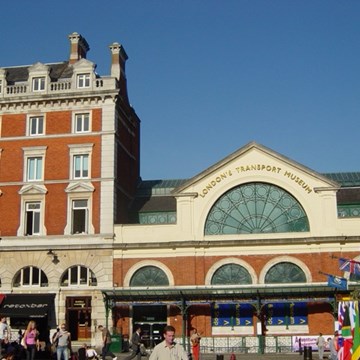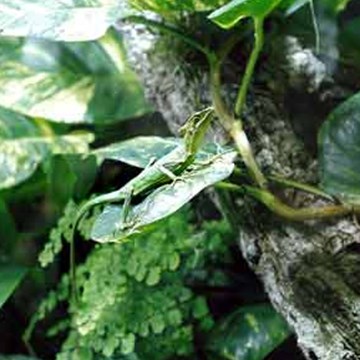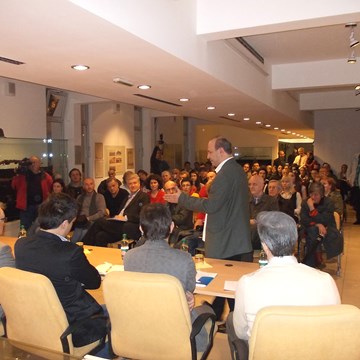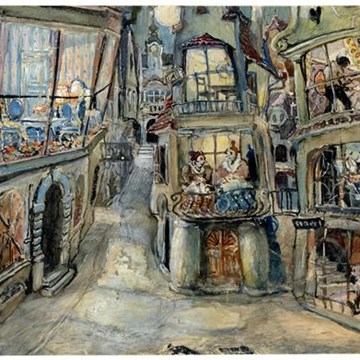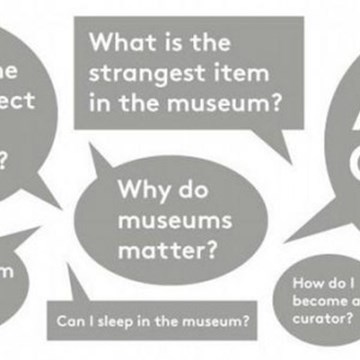The Radical Reverberations of the Body – THE DUCKLING FESTIVAL 2020. Performances and exhibition
Teresa Almeida, Uršula Berlot & Sunčana Kuljiš, Lea Culetto, Maša Jazbec, Kikimore, Januš Aleš Luznar, Agnes Momirski, Simona Semenič & Nada Žgank, Iza Pavlina, Tabita Rezaire, Maja Smrekar, Sandra Sterle
Performances
25. 9. in 26. 9. 2020
Locations
Račka Gallery, Princes’ Palace courtyard, Celje Hall
Exhibition
25. 9. – 31. 10. 2020
The third edition of The Ducking Festival comes at a time when the closeness of bodies is restricted, even controlled. Contact between people is established through screens, physical and mental performance is measured through digital apps. At the expense of the given circumstances of this past year, we have, on the one hand, ventured deeper into secluding ourselves in our own intimacy, into new strategies for discovering the possibilities of our physical and mental functioning, whilst, on the other hand, we are becoming increasingly casual about surrendering to the systems offered to us by information and communication technology. The position of the body between human nature and technology in the exhibition and performances skims over the consideration of the reverberations of the two poles. Biological corporeality and technological potential both on its outside and inside. Through the artists’ multimedia and interdisciplinary approaches, questions of natural and cultural determinism are interjected therebetween, proposing new systems and policies of the body and changing the registers of the ways in which art is seen. Therefore, far from the stereotypical filmic thinking about the futuristic dominance of technology over man and nature, it represents the body in complex systems made possible by science and technology. The exhibition presents artists who take a more radical approach to the body, opening the eyes to the intertwining of artistic potentials in areas such as biotechnology, microbiology, android science, virtual reality, telecommunications and textile technology. This time, the festival focuses on the human body, predominantly the female body. It penetrates into its biological features, at the same time revealing its many layers of technological and cultural disguise. The activation of some necessary socio-political considerations that resonate inside and outside the field of contemporary art comes to the fore in the exhibition through multimedia and performativity, whereas the performances seek to penetrate the viewer’s sense of the body with intense audio-visual stimuli.
Artist and researcher Maša Jazbec presents the field of android science at the Duckling Festival exhibition. Her presentation of the Interpersonal Interactions project demonstrates the principle of physical and mental exchange of body parts (hands and face) between persons and android robots. Through a scientific process that enabled the android in the experiments to be actually felt, the question emerges of what it means to be human, even at the expense of the summarised research findings on the adaptation of the human brain to external influences. The Mariska Avedon piece depicts the once globally very popular virtual world Second Life, in which artist Sandra Sterle sets up her avatar – a second identity – and leaves its control up to random online users and members of her family. The collision of the artist’s identity with external factors and with the virtual Other within the context of the exhibition opens a reflection on the sharing of the (digital) body outside one’s own will. The digitally simulated abstract forms in the microscopic images of the artist’s material body particles (skin, hair, tooth enamel) in the Bodyfraction video by artist Uršula Berlot and designer Sunčana Kuljiš, create a contemplative imaginary topography (macro, micro or nano dimensions) in motion, supported by an intense audio atmosphere. In The Bitness Project v.01, artist and researcher Teresa Almeida adds the capability of a modern mobile app to explore the anatomical function of the pelvic floor, opening up the topic to a wider social field. The artist is interested in the educational process and the empowerment of women in getting to know their own bodies. The Sugarwalls Teardome video by Tabita Rezaire is also dedicated to the female reproductive organs. Through the formulation of retro computer aesthetics, spiritual gestures and symbols, as well as an unusual documentary narration, the artist presents the uterus in the context of historical, biological and racial relations. Artist Maja Smrekar delves into a radical questioning of the ideology of a heteronormative society in the Hybrid Family project. Through the complex study of the human-animal or human-dog relationship, she raises questions through several stages on new maternal and family relations. The breaking of taboos and the feminist attitude of dressing into a colourful world of female body parts and the body’s concealed processes is used by artist Lea Culetto in her art practice. The Deflowered by Lea project, which includes handmade textile design combined with digital images, highlights those natural bodily determinants that often remain under the guise of shame, rejection or even disgust in society. Dressing the body, which depends on nationally standardised strategies, is used in the work janez’s reveries by artists Simona Semenič and Nada Žgank. A humorous critique on the partial attitude of the current political power towards Slovenian culture resonates in this piece.
Another question being posed with the selection of this year’s performances is how the body presents itself and how it sounds when a machine intervenes between the body of the performer and the spectator. Artist Iza Pavlina will put the exhibition visitor to the test in her début performance Technometries by offering him a pictorial aid, which is otherwise intended for sexual pleasure, connected to a mobile device through an app. The piece by Agnes Momirski, siXren, explores various methods of secret, ancient rituals, using healing rhetoric, while the aesthetics of her appearance come close to the iconography of science fiction and music videos. Viewers will enter an intermediate space between the rhythm of the Earth and the aesthetics of experimental music. The Kikimore group of sound and analogue electronics creators will also set up a penetrating electronic sound landscape and combine it with the voices of nature through a performance with DIY devices of their own making. The audio-visual performance Ictus Cordis by Januš Aleš Luznar will establish communication between the beating of two hearts, a musician and a dancer, through a complex synchronisation of two bodies, sensory and sound devices. In her début performance Picture Perfect, artist Simona Semenič will make a critical address on the hypocrisy of patriotism and the questionable attitude of the authorities towards Slovenian contemporary art. This kind of reverberation can be understood as a relevant response to a time, when at times neither new technological capabilities nor the awareness of the role of our body, are able to override the present, which is dangerously slipping back into some other, rigid reality.
Curator: Maja Antončič
Support: Ministrstvo za kulturo RS, Mestna občina Celje
Exhibitions and events

6. Triennial of Young Artists - PREMIERE 2025
Temporary exhibition at Center for Contemporary Arts Celje until 28.09.2025Fields of intimacy, transitions and potentials of the medium Tinkara Babić, Bad Artist & Iva Suhadolnik Gregorin, Lučka Centa, Jurij Hartman, Ana Janež, Žoel Kastelic, Rene Ketiš, Anja Kočar,...
Activities from this museum
We don't have anything to show you here.
